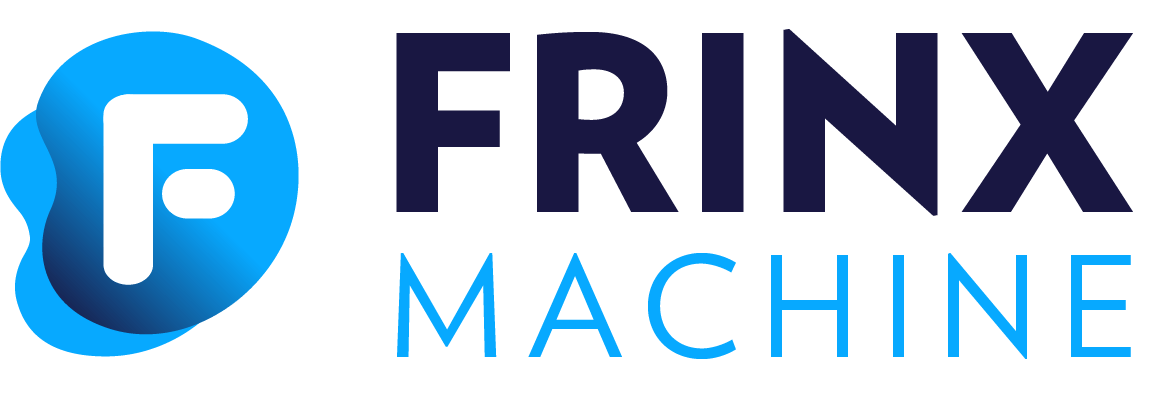#
NETCONF Unified Translation Unit
Unified translation units are located in https://github.com/FRINXio/unitopo-units repository.
Kotlin is used as preferred programming language in NETCONF translation units because it provides type aliases and better null-safety.
#
TranslateUnit
Translate unit class must implement interface io.frinx.unitopo.registry.spi.TranslateUnit. Naming convention for translate unit class is just name Unit. Translate unit class is usually instantiated, initialized and closed from Blueprint.
Implementation of TranslateUnit must be registered into TranslationUnitCollector and must provide set of supported underlay YANG models. Snippet below shows registration of Unit for junos device version 17.3.
class Unit(private val registry: TranslationUnitCollector) : TranslateUnit {
private var reg: TranslationUnitCollector.Registration? = null
fun init() {
reg = registry.registerTranslateUnit(this)
}
fun close() {
reg?.let { reg!!.close() }
}
override fun getUnderlayYangSchemas() = setOf(
UnderlayInterfacesYangInfo.getInstance())Implementation of TranslateUnit must implement these methods:
toString(): String
Return unique string among all translation units which will be used as ID for the translation unit (e.g. "IOS XR Interface (OpenConfig) translate unit")
getYangSchemas(): Set
Return YANG models containing composite nodes handled by handlers(readers/writers). It must return empty Set if no handlers are implemented.
getUnderlayYangSchemas(): Set
Return YANG module informations about underlay models used in the translation unit. These YANG modules describes configuration of NETCONF capable device.
getRpcs(underlayAccess: UnderlayAccess): Set>
Return RPC services implemented in the translation unit. Default implementation returns an emptySet. Parameter underlayAccess represents object containing methods for communication with a device via NETCONF and should be passed to readers/writers.
provideHandlers(rRegistry: ModifiableReaderRegistryBuilder, wRegistry: ModifiableWriterRegistryBuilder, underlayAccess: UnderlayAccess): Unit
Handlers(readers/writers) need to be registered in this method. underlayAccess represents object containing methods for communication with a device via NETCONF and should be passed to readers/writers.
How to register readers/writers is described in CLI Translation Unit <cli-translation-unit>
#
Readers
Readers are handlers responsible for reading and parsing the data coming from a device.
There are 2 types of readers: Reader and ListReader. Reader can be used to handle container or argument nodes and ListReader should handle list nodes from YANG.
- Both types need to implement readCurrentAttributes to fill the builder with appropriate values
- ListReader needs to also implement getAllIds() where it retrieves a key for each item to be present in current list. After the list is received, framework will invoke readCurrentAttributes for each item from getAllIds
#
Mandatory interfaces to implement
Each reader needs to implement one of these interfaces based on type of target node in YANG.For more information about methods please read javadocs.
ConfigListReaderCustomizer - implement this interface if target composite node in YANG is list and represents config data.
ConfigReaderCustomizer - implement this interface if target composite node in YANG is container or augmentation and represents config data.
OperListReaderCustomizer - implement this interface if target composite node in YANG is list and represents operational data.
OperReaderCustomizer - implement this interface if target composite node in YANG is container or augmentation and represents operational data.
#
Base Readers
Each base reader for netconf readers should be generic. The generic marks the data element within device YANG that is being parsed into. The base reader should contain abstract methods:
- fun readIid(<args>): InstanceIdentifier<T> - each child reader should fill in the device specific InstanceIdentifier that points to the information needed for this reader. Arguments may vary and they are used to be more specific IID (e.g. when creating an IID to gather information about a specific interface, you may want to pass interface name as argument).
- fun readData(data: T?, configBuilder: ConfigBuilder, <args>)
- this method is used to transform OpenConfig data (contained in ConfigBuilder) into device data (T) using .
Naming of the methods should be unified in order to be easily parsed by auto-generated documentation.
#
Writers
A writer needs to implement all 3 methods: Write, Update, Delete in order to fully support default rollback mechanism of the framework
Time showed that update like 1. delete, 2. write is anti-pattern and should not be used. There is just one case where it is necessary: when re-writing list entry, you must first delete the previous entry, then write the new one, otherwise the previous entry would still be present and the new entry will be added to the list.
A writer can properly work only if there is a reader for the same composite node.
The framework provides safe methods to use when handling data on device:
- safePut deletes or adds managed data. Does not touch data that was previously on the device and is not handled by the writer.
- safeMerge stores just the changed data into device. Does not touch data that was previously on the device and is not handled by the writer.
- safeDelete removes data from the device only if the managed node does not contain any other information (even one not handled by the writer)
#
Mandatory interfaces to implement
Each writer needs to implement one of these interfaces based on type of target node in YANG. Unlike mandatory interfaces for reading, only interfaces for writing config data are available (because it is not possible to write operational data). For more information about methods please read javadocs.
ListWriterCustomizer - implement this interface if target composite node in YANG is list. An implementation needs to be registered as GenericListWriter.
WriterCustomizer - implement this interface if target composite node in YANG is container or augmentation. An implementation needs to be registered as GenericWriter.
#
Base Writers
Each base writer should be generic and contain abstract methods:
- fun getIid(id: InstanceIdentifier<Config>): InstanceIdentifier<T> -this method returns InstanceIdentifier that points to a node where data should be written
- fun getData(data: Config): T - this method transforms OpenConfig data into device specific data (T)
